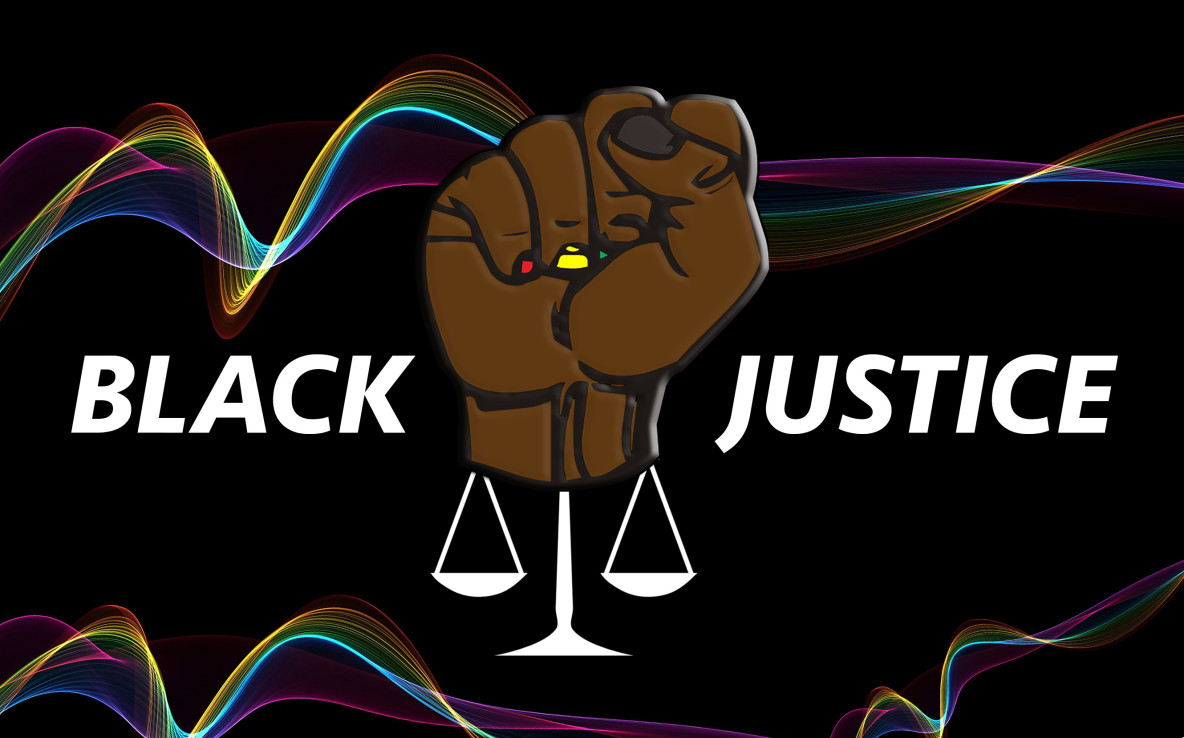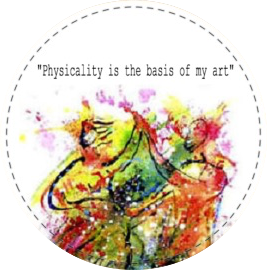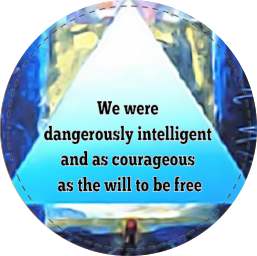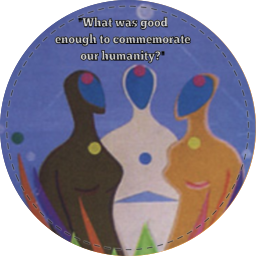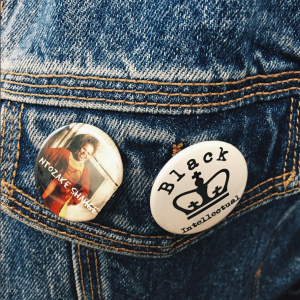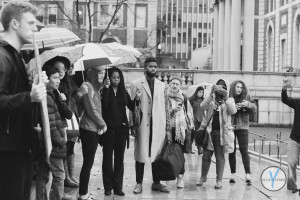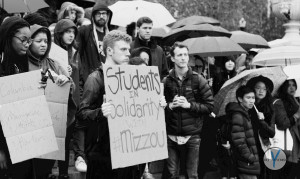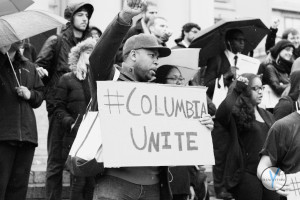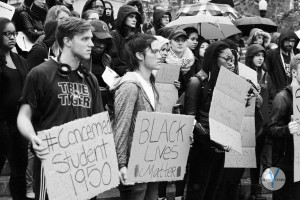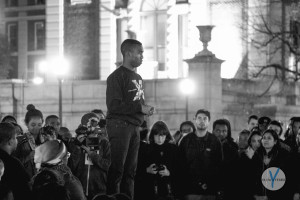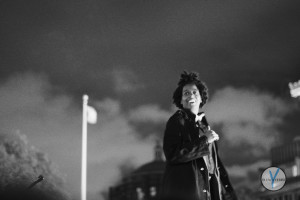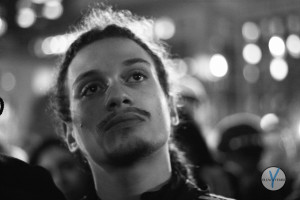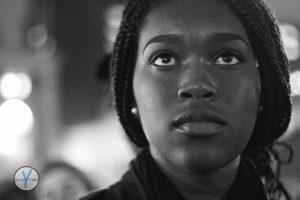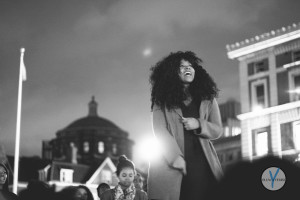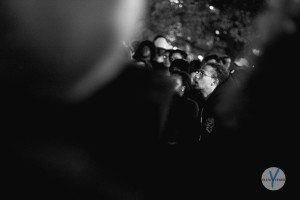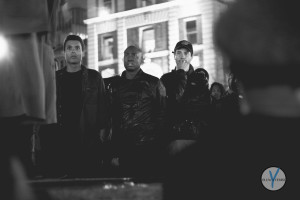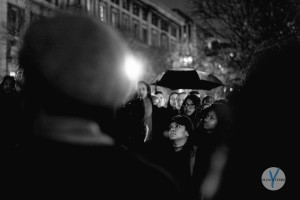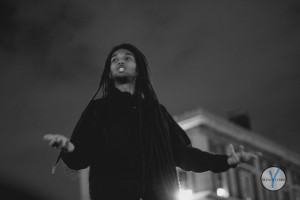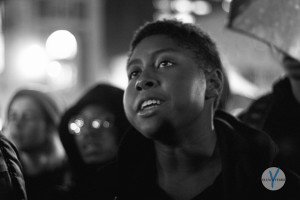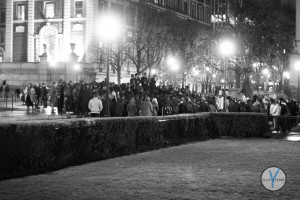YEMISI OLORUNWUNMI
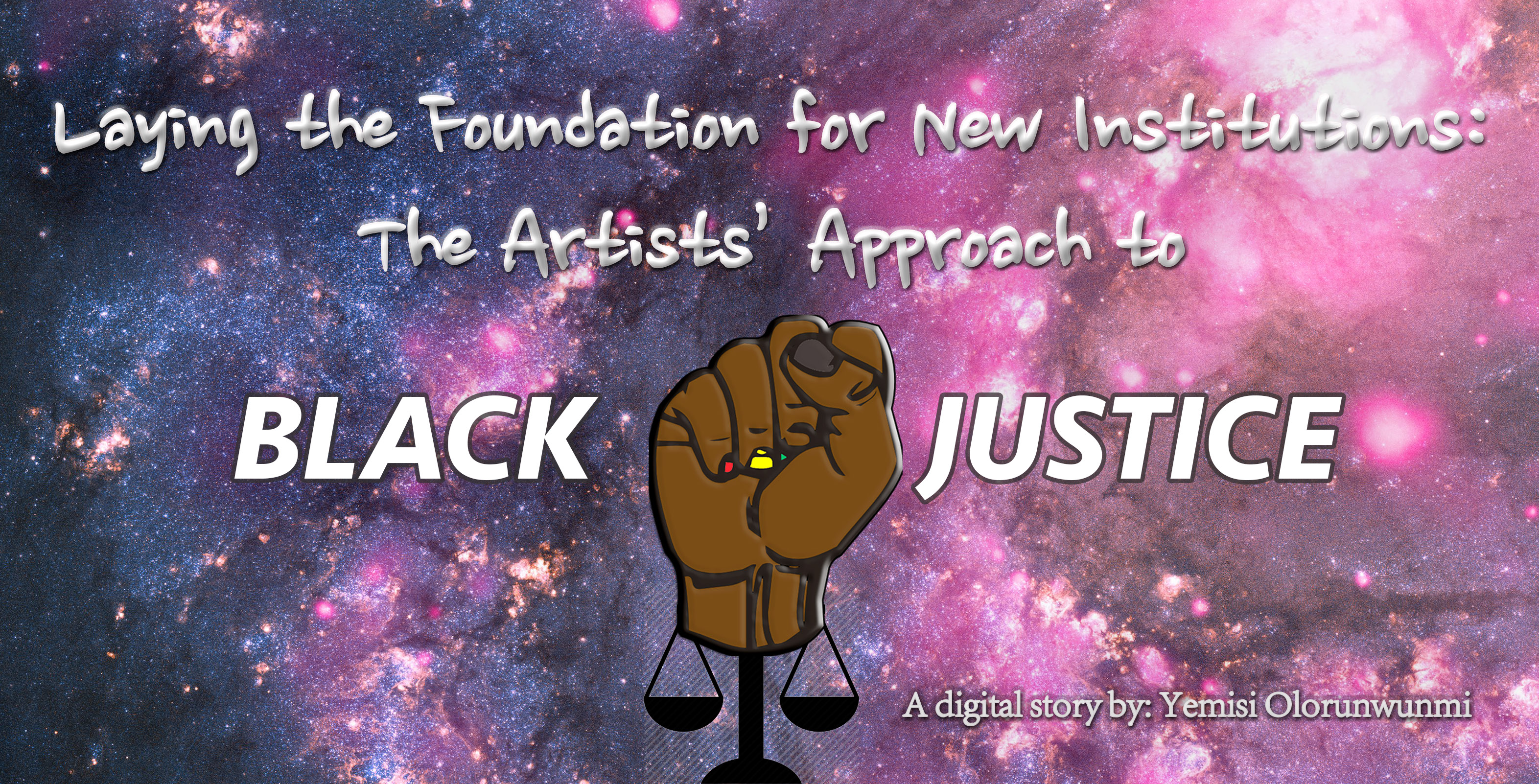
This project is an exploration of one question:
What constitutes the Black being?
Much of my work as a Political Science and African Studies major has been to analyze major eras, movements, and global decisions ie the American Civil Rights Era, The American Black Arts movement, Third World People’s Liberation Movements, The Contemporary Black Lives Matter Movement, The rise of fascism leading to WWII, The Nuclear Arms Race, and many others. However, through this class I was given the opportunity to explore an alternative: What if we study the people instead of the era? The change makers instead of the movements? I thought that if I could examine the life and work of Black individuals, I could come to an edge where their strengths and methodology of change was laid out before me.
Starting with Ntozake Shange, I found congruence (and a bit of pushback) between her and Amiri Baraka. Many of their community engagement practices were made startlingly clear with a study of Ademola Olugebefola’s efforts in Harlem. Moreover, it has been amazing to see how these three artists, or as I like to call them Producers and Institutional Giants, utilized Harlem similarly and differently, but for the total purpose of Black liberation through the catalyst of Black justice.
But let’s head back to our leading question: what constitutes the Black being? Why don’t you read on and find out.
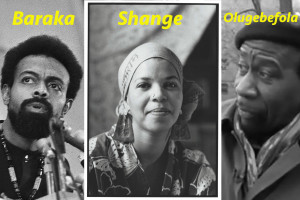
Shange, Baraka, and Olugebefola have all in their respective artistic callings used their craft to positively affect their community. In addition to bringing change to their local areas, they have nationally shined a spotlight on Black injustice. With their voices and their arts as the apparatus for racial transformation in the 60s and 70s, these three exemplify the power of the individual to bring changes to the people. That is what makes them institutional giants; that is what makes them game changers; that is what makes them exceptional.
Ntozake Shange

NTOZAKE SHANGE PAPERS, BARNARD ARCHIVES AND SPECIAL COLLECTIONS, BARNARD COLLEGE
Ntozake Shange is remarkable in every sense of the word. A playwright, poet, dancer, visionary, and true institution builder, Shange has in her own liberal methodology captivated the minds of young girls, aged intellectuals, and everyone in between to reevaluate the stories told of women. Through novels such as For colored girls, Sassafrass, Cypress, & Indigo, From Okra to Greens, Nappy Edges, and A Daughter’s Geography she has boldly confronted issues of Black personhood such as race, white feminism, and questions of heritage and home in regards to slavery.
Her work was not only a written account of the experience of the Black female in America, it lifted this narrative to the public sphere where people could interact with the experience of Blackness, all the struggles and joy that comes with it.
Amiri Baraka
 Writer, poet, musician, and leader, Amiri Baraka, was a key advocate for the liberation of Black people. Very active during the Civil Rights movement, Baraka penned down and performed the complex emotions of African Americans and used them as blades against the current American cultural, political, and social order.
Writer, poet, musician, and leader, Amiri Baraka, was a key advocate for the liberation of Black people. Very active during the Civil Rights movement, Baraka penned down and performed the complex emotions of African Americans and used them as blades against the current American cultural, political, and social order.
As an activist not only did he fight for a new configuration of the Black identity in relation to the American nation, he also fought to educate those in his community. His writings were politically charged and touched many local audiences. He effected change in the culture of revolution as well as literature. Below are some links to his performances of his written works throughout the ages.
Ademola Olugebefola
http://www.art-alive.com/ademola/
 Ademola Olugebefola, a well published painter, sculptor, bassist, poet, educator, and more has established a gamut of community organizations: the Weusi Artist Collective and House of Umoja amongst others. He was a chief “catalyst” of the Black Arts Movement with specific focus on visual art and the optic representation of things typically felt and heard. Transitioning from his music career, he went from being a student of what he played with his hands to being a translator of what he saw with his eyes. Olegebefola is a master of incorporation: he effortlessly weaves musical works into his extensive visual repertoire.
Ademola Olugebefola, a well published painter, sculptor, bassist, poet, educator, and more has established a gamut of community organizations: the Weusi Artist Collective and House of Umoja amongst others. He was a chief “catalyst” of the Black Arts Movement with specific focus on visual art and the optic representation of things typically felt and heard. Transitioning from his music career, he went from being a student of what he played with his hands to being a translator of what he saw with his eyes. Olegebefola is a master of incorporation: he effortlessly weaves musical works into his extensive visual repertoire.
Furthermore, through “wearable art” he lead the realization that the body could be a moving piece, a speaking canvas conveying the intricacies of Black intelligence, Black life, Black consciousness, and the journey of a people with Afrocentric roots.
In terms of storytelling, I paired Olugebefola’s images with Shange and Baraka’s texts & phrases. In doing this I hoped to grasp some of the intricacies of Black life domestically, internationally, and diasporically.
Through these artists we see that a Black being is a facilitator, one capable of changing traumatic histories and daunting and discriminative present times into a vibrant & innovative future. The Black being can manifest their talent by first understanding their self worth and claiming part of the whole denominator, which indicates we are all human. They recognize their right to freedom and their will to power, to justice, to more inclusive institutions steers their actions.
(To see more combinations & Translation Ventures visit 3oFactory)
Translation Ventures: The physical method I represent the creation of Black Arts manifesting Black Power for the Purpose of Black Justice. These button designs were created out of a need, a want, a creative impulse to bridge intellectual pursuits with vibrant outwear. The experimentation is inspired by Shange’s idea of “adornment”
How can we outfit ourselves to prepare for the day ahead? What message can we send with our clothing? Our movements? How can we live genuinely in a way that pays homage to the beauty of Black aesthetics?
With a mission to aid “grand little girl[s] in all [thier] glory,” this project aims to use BLACK ARTS to fuel BLACK POWER to build inclusive and supportive institutions. .
Below are photographs I took in December of 2015. Even in the height of exam season young activist and change-makers gathered on central campus to physically demonstrate for the changes and the dismantling of institutions they wanted to see. That day was a moment to reject Black and Brown bodies as targets to be gunned down or in our case Black and Brown bodies as solely markers of diversity at Columbia University.
